Dungeons & Dragons has been a huge influence on turn-based tactical RPGs, with Baldur’s Gate 3 even winning the GOTY award. But what about the more niche and obscure titles? There are plenty of D&D-likes that deserve a spotlight but that modern audiences probably never played. Here are my top 10 games inspired by Dungeons and Dragons you probably never heard of.
Top 10 Games Inspired by D&D You Should Try
Temple of Elemental Evil

Now this is a diamond in the rough that old-school D&D players most likely remember but modern audiences might not have tried. Temple of Elemental Evil (TOEE) is one of the first classic D&D adventures adapted into video game form by Troika Games using the 3.5 ruleset. If you love Vampire the Masquerade Bloodlines, then that developer’s name should be a good sign to you that this is a great game.
ToEE channels that old-school D&D adventure feel perfectly, and it’s essentially what BG3 is for the 5th edition but for D&D 3.5 rules. It sports a linear story where you’ll explore the village of Hommlet and the mysteries plaguing it as well as the nearby dungeon and then progress to a larger mega dungeon later. You’ll choose your race, class, and even prestige classes later, which are kind of like D&D 5e subclasses in a turn-based tactical combat system.
If you’ve played BG3, you’ll feel right at home. There aren’t as many interactive narrative decisions though but there are plenty of choices when building your character as D&D 3.5 has one of the best and most extensive character-building systems. If you’re interested, you can find the game on GOG, and I highly recommend the free Circle of Eight community mod to make the game run smoothly on modern PCs.
Trials of Fire
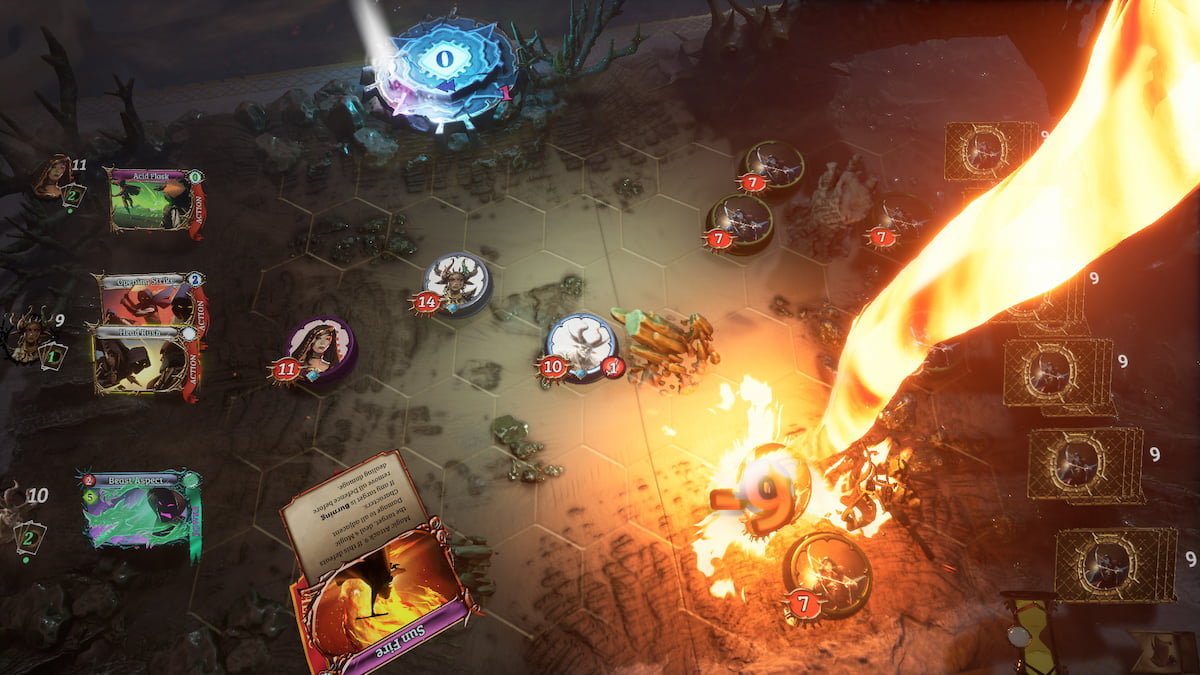
Trials of Fire is what you get when you cross Dungeons & Dragons and a roguelite deckbuilding card game. You’ll travel through a post-apocalyptic wasteland trying to save a dying community. Instead of branching scenario pathways from Slay the Spire, you’ll travel across a semi-open-world map with both random and handcrafted story encounters. The combat is a neat hex-based system with classes that each come with their own card abilities and familiar moves like Fireball, Fly, and a slew of other melee and ranged abilities.
Moreover, what I really like about Trials of Fire is that it’s an hour or more of fun for a single run, and then you get to play through the story again but from a different perspective. You’ll constantly be unlocking new classes, paths, gear, and ways to approach the game. As you play you’re constantly improving your deck with tools and the enemies are doing the same so the challenge never stops. I just really loved the feel of the game with the music, the art, the grid, and the little token minis. It felt like a one-shot D&D session.
Caves of Lore
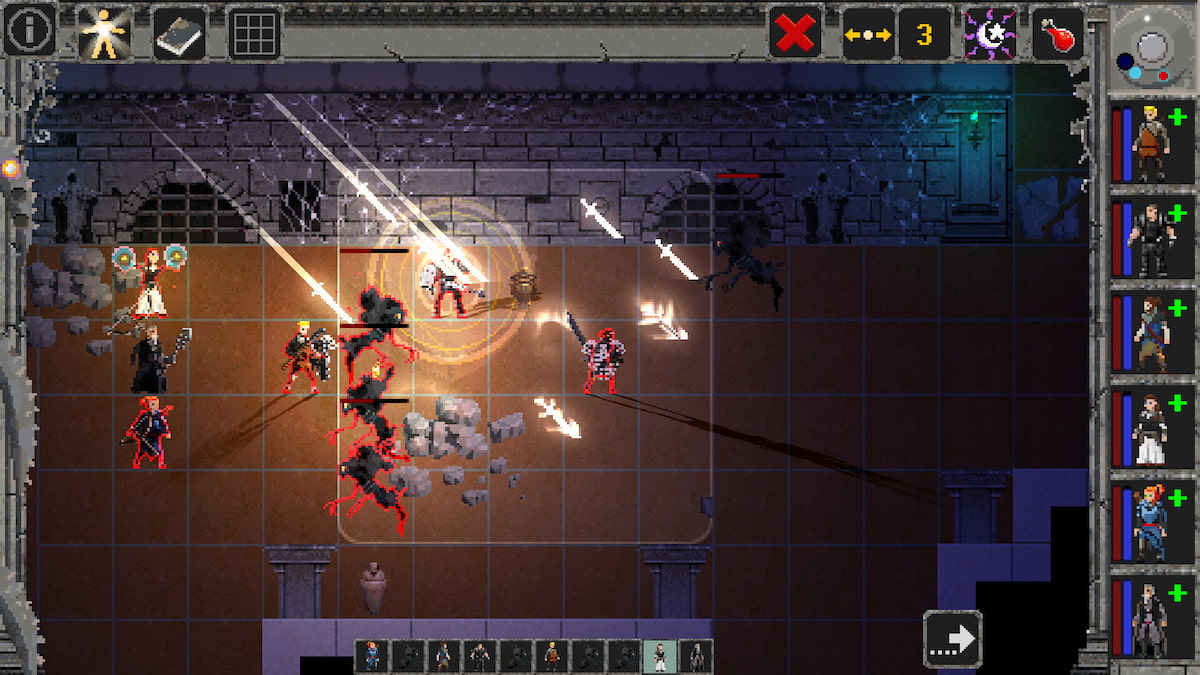
Caves of Lore by Mark Robins is a solo CRPG project made out of love and passion for TTRPGs. Over 6 years of development, Robins has managed to create a fully fleshed-out world and combat system by himself. You’ll be diving into ancient caves and temples fighting monsters and discovering lore about this forgotten world. Something that stood out to me is the secret and puzzle design.
Furthermore, the combat system is very much inspired by D&D with a square grid, Attacks of Opportunity, various action-based melee, ranged and spell abilities, etc. You’ll start the game with your trusty hound and build up your party from there. This game is truly a remarkable project that will take you back to the old-school TTRPG days. The gameplay is quite immersive, and best of all, this is quite an affordable game for the content you get.
Druidstone: The Secret of the Menhir Forest
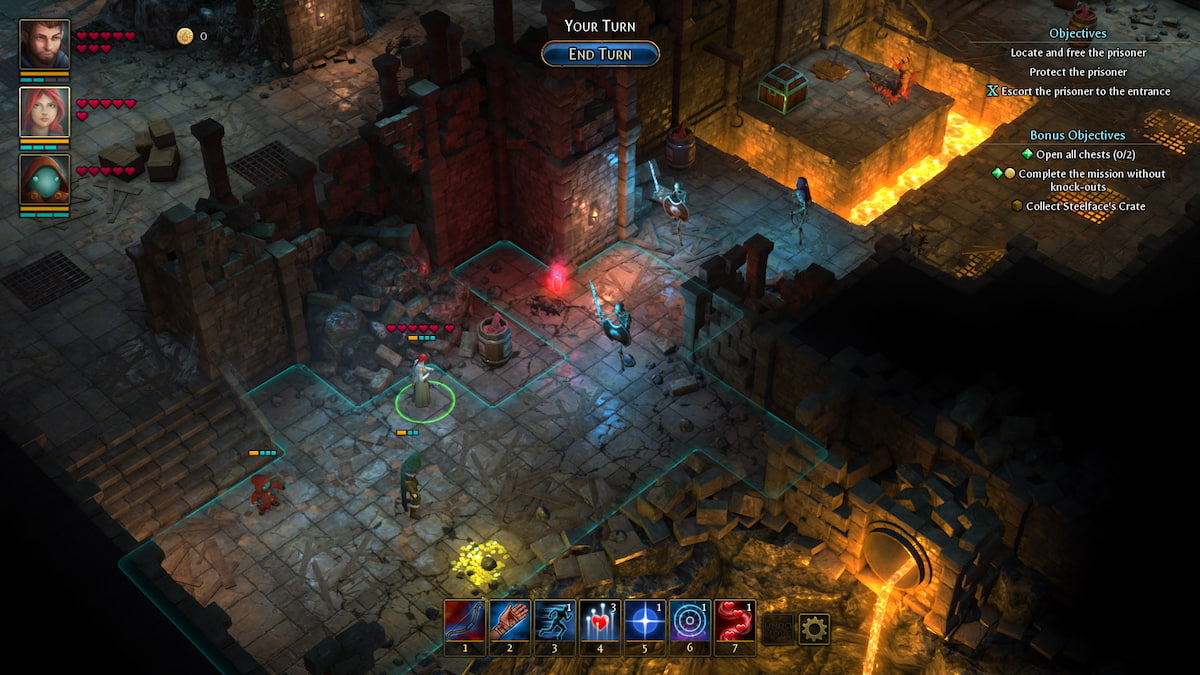
If you loved Legend of Grimrock, which is already seething with Dungeons & Dragons inspiration, then you’ll love what Ctrl Alt Ninja has prepared in Druidstone. This is a much closer representation of the original TTRPG with a square grid board, turn-based tactical combat, and an action system. Overall, this is your classic fantasy adventure where you’re traveling across a mystical world to save it from a great evil.
Your party of three iconic characters will always be by your side, and you’ll level them up and unlock exciting new abilities. One key difference from Dungeons & Dragons is that your attacks and abilities always hit and do a specific amount of damage. This turns each combat encounter into almost like a puzzle sequence where you’re trying to figure out the most efficient way to defeat each foe.
That said, combat scenarios usually have alternative ways to win the encounter, so it keeps the game interesting. I’d recommend Druidstone for someone who likes to jump in and out of missions, as each one is hand-crafted and takes about 20 to 40 minutes to complete.
The Dungeon Of Naheulbeuk: The Amulet Of Chaos
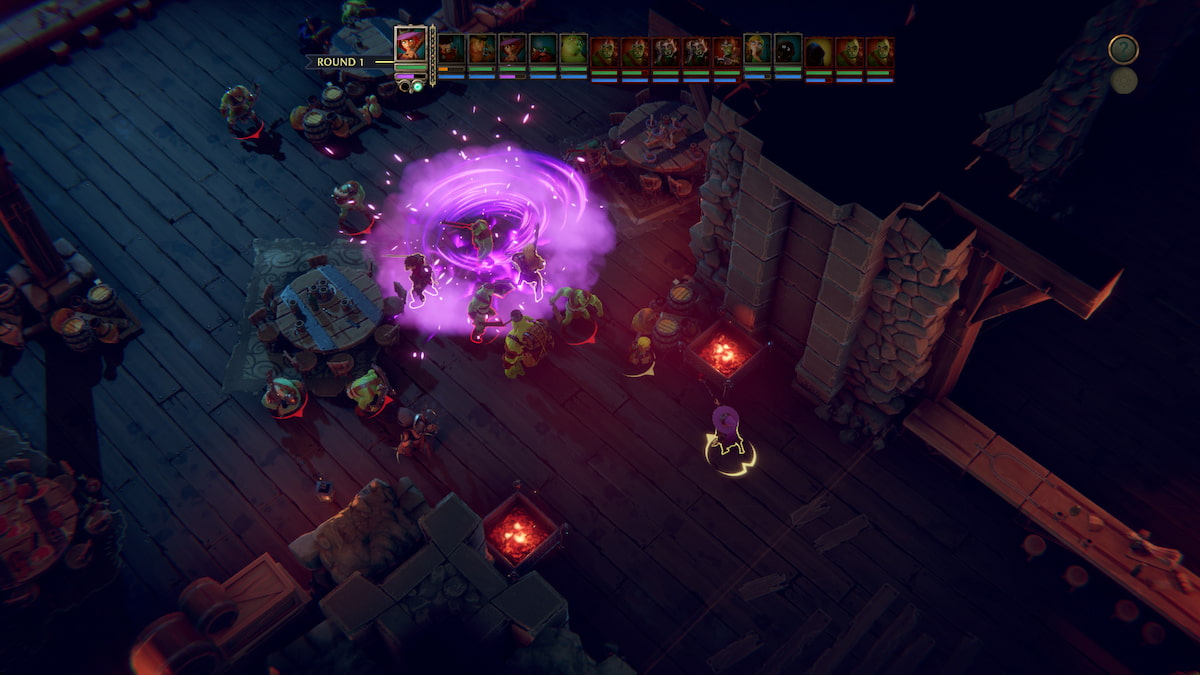
On a more comedic relief and whimsical side of things, we have The Dungeon of Naheulbeuk, a wacky turn-based tactical adventure. As soon as you start the story you’ll notice that one, it’s a full 6-member party, and two, this isn’t your typical adventuring party. They’re silly, greedy, clumsy, petty, and sometimes spiteful but still brave enough to take on the world. Well, almost.
Comedy and humor aside, the game still has a decently in-depth tactical combat system where each character comes with their own unique set of abilities. Furthermore, there’s a combo system with your allies where you can support each other’s moves for bonus effects.
The game is just as much about bizarre interactions between characters as it’s about exploring dark temples and exploiting explosive interactable environment pieces during combat. The game oozes charm, and I would highly recommend The Dungeon of Naheulbeuk as a breath of fresh air after the following dark fantasy entries.
Urtuk the Desolation
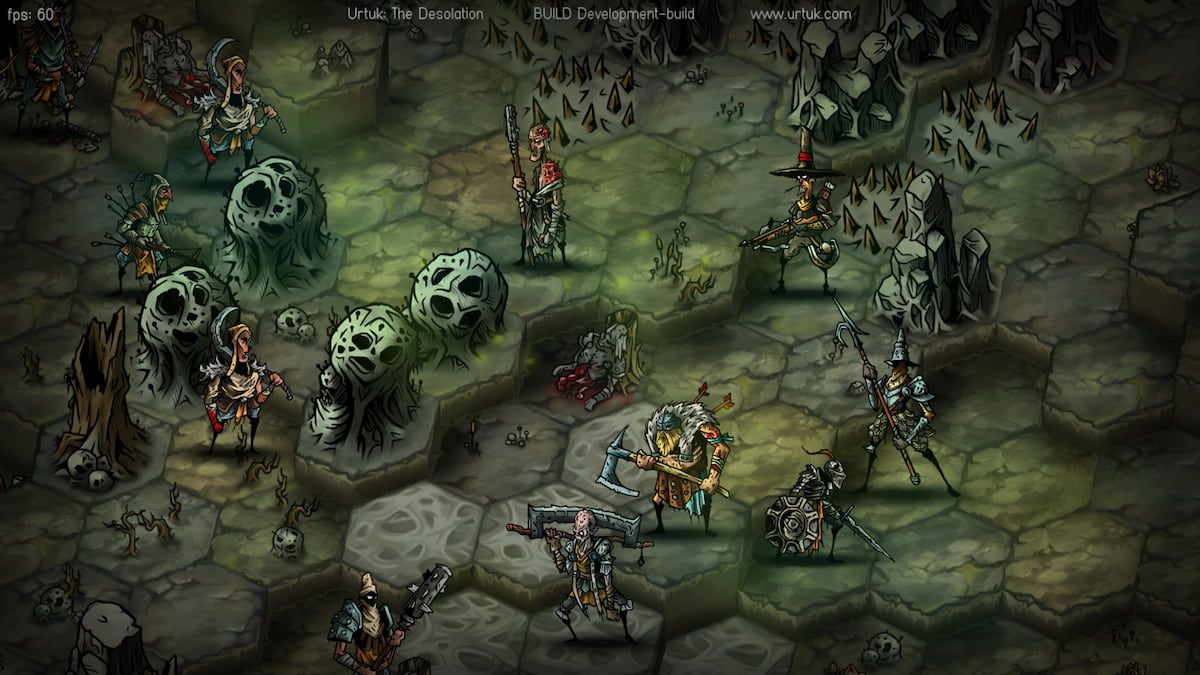
Urtuk the Desolation is a highly immersive open-world turn-based tactical RPG set in a post-apocalyptic world infested with mutants and warlords. The world is dark and wants you dead. With this in mind, Urtuk is just as much about surviving as it’s about adventuring and exploring the dark fantasy setting. You’ll guide your band of prison escapees, outfit them with gear, mutate them with various abilities, and claim dominion over the various settlements and factions of the world.
The combat system is the main focus however, with a hex-grid and tons of interactable terrain elements. Besides your standard combat abilities determined by your class, you can also use a set of creative moves like ramming enemies into nearby spikes or performing combo attacks with allies.
Once you defeat your foes, you can extract mutations from them to grant your party extra skills and traits. Last but not least, your character is on a narrative timer which you’ll discover as you start the game so you’re racing to discover the secrets of the world to save them.
Aarklash: Legacy
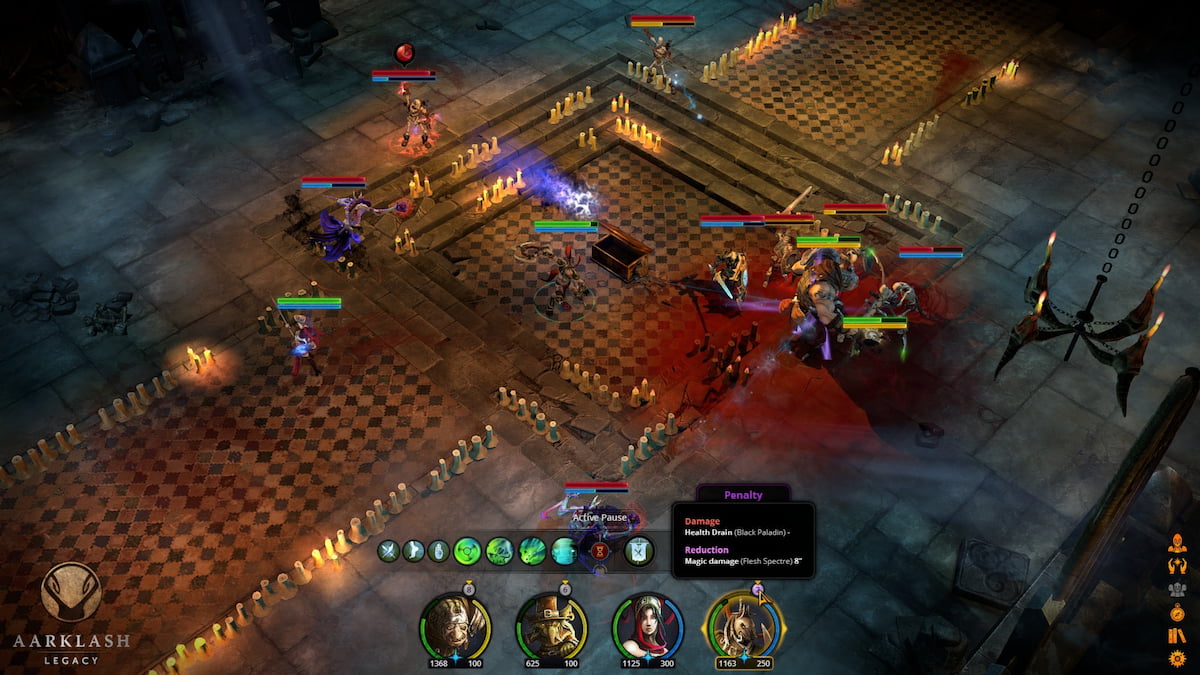
Aarklash Legacy is similar in feel to Urtuk but in an epic fantasy setting rather than a desolate post-apocalyptic wasteland. The combat system doesn’t use a grid however but instead focuses on an active pause system where you can plan out actions and then see them unravel in the most efficient way possible. It helps that characters have both unique skills and group ones, so the combat always has several ways it can play out.
As for the party, I really like that they’re more monstrous and unhinged than your typical one. You’re not playing noble knights. You’re playing tribal orcs, feral scientists, and demonic mage jesters. There are eight characters to level up and combine for your own unique four-member party formation. Don’t forget to explore the vast skill trees for each one and experiment with different builds, which Aarklash highly encourages.
Iron Oath

Iron Oath is a recent turn-based tactical RPG that deserves a hell of a lot more love and attention than it got. First off, the pixel art in general and more specifically the combat animations in this game are incredible. Second, it has a developed hex-grid combat system with various interactions between the moves you employ and the environment. Take on enemies in spell-infused ranged and melee combat head-on or set traps and knock them into hazards. The game oozes D&D-inspired combat mechanics though the numbers are inflated evoking that JRPG feel.
That said, the game is much more than an exciting combat simulator. There’s a dark fantasy story to enjoy as you travel across the semi-open world with your company of mercenaries. It’s almost like Battle Brothers in this regard, but the fantasy factor is cranked up to eleven. Speaking of the world, it’s constantly changing and evolving based on your decisions, but you’re always building up your team with new skills and gear to compensate. If you like games about mercenary companies in a fantasy setting with D&D-like combat, this game is for you.
Gloomhaven
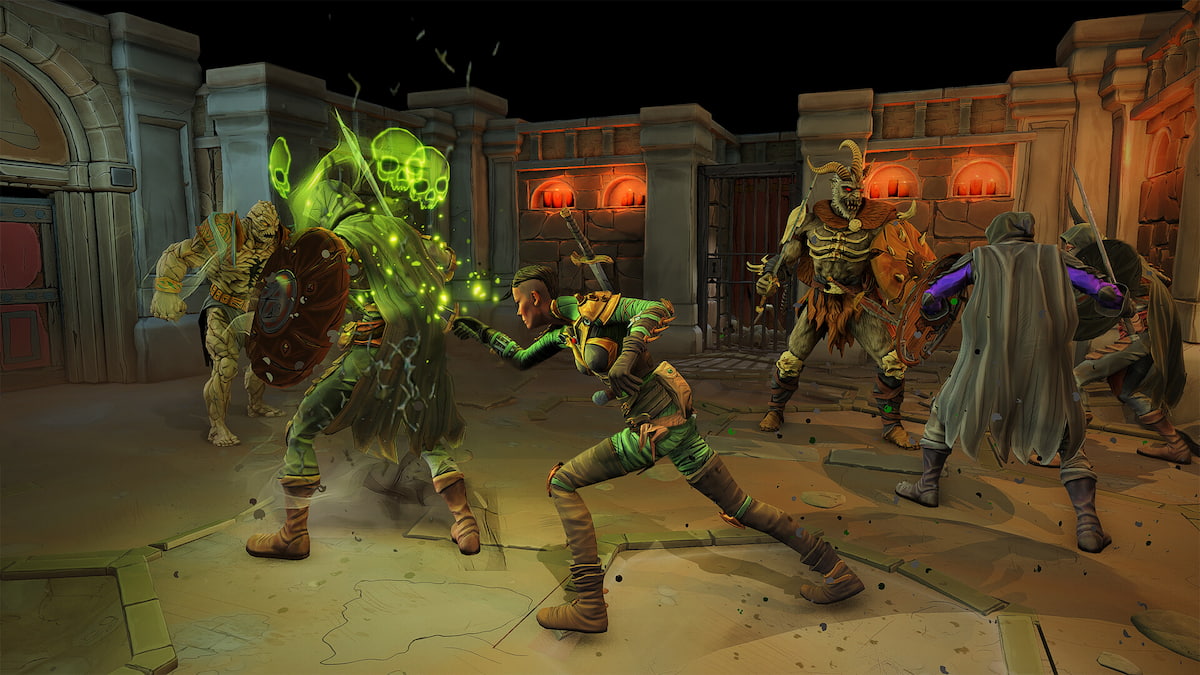
Now we’re getting into the more well-known territory with the last two entries, though they could definitely use much more attention than they currently have. Gloomhaven the video game is a full adaptation of the vast and beautifully complex board game of the same name. You’ll be taking control of an adventuring party in a constantly evolving plot as you scour the world for ancient artifacts and lost secrets.
You’ll start with just four characters, each with their own racial and class abilities. Then, as you play and complete specific missions, achievements, and encounters, you’ll unlock more characters to play. Now, the combat is something like the Trials of Fire we mentioned above but on a higher budget. There are ability decks for each character you’ll employ, and everything is animated on a hex grid with beautiful models and animations for each skill.
Almost endless combinations and replayability await based on the character you play, which moves you select, and which gear you get. Best of all, Gloomhaven is available online and in local co-op, so I highly recommend you get this with friends. This is a board game adaptation, after all. That said, the complex interactive story can be enjoyed just as well solo.
Solasta Crown of the Magister
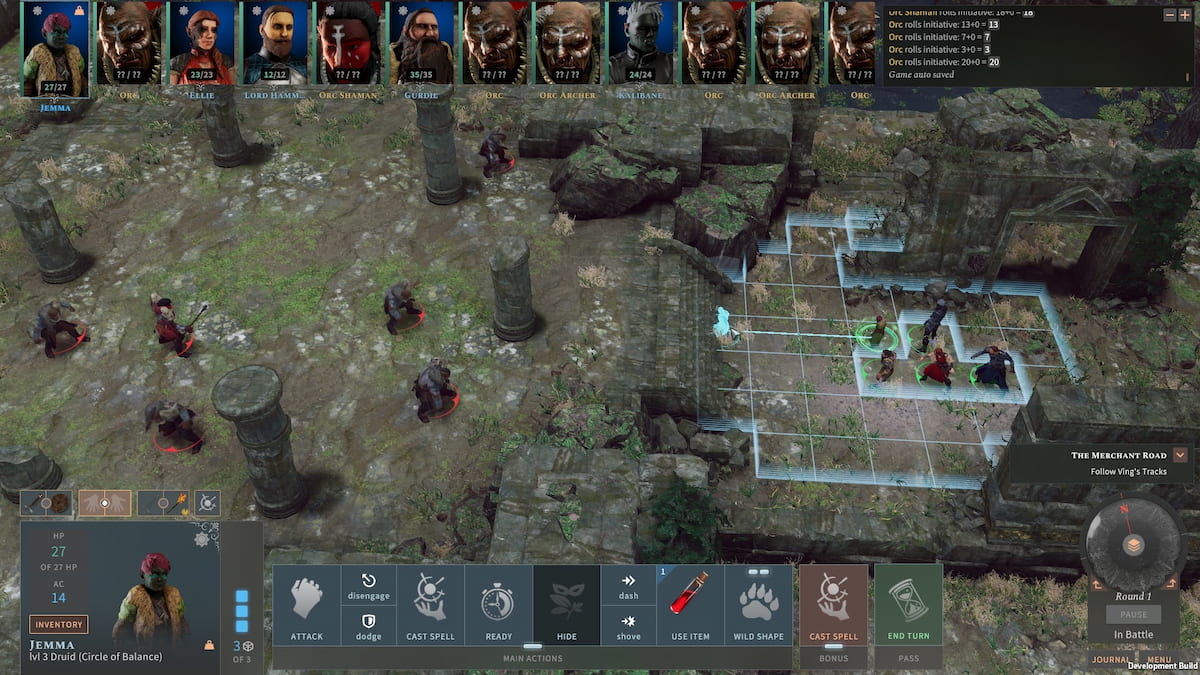
While Baldur’s Gate 3 gained a lot of popularity as a D&D 5e adaption in video game format, Solasta came first and was the pioneer that set the stage for 5th edition CRPGs. Tactical Adventures did an amazing job at adapting the core rules in a digital tabletop. Even if they just ported over the combat, spells, monsters, races, and classes, this would have been a superb game. But they went a step further and wrote an excellent story to tie it all together, making you feel as if you’re in a full D&D campaign.
While there are many similarities between Solasta and BG3, a key difference is that you’re creating your full four-member party instead of playing as just one custom character. You can customize the class, race, background, and personality of each of your party members, and they’ll even react differently in dialogue situations based on your choices. Best of all, each of your custom characters is voice-acted, so no more silent Tav.
While BG3 has an edge in the interactive storytelling aspect, the combat system of Solasta is just as great if not better in some aspects. At the end of the day, we shouldn’t compare, they’re both great games and if you haven’t had a chance to try Solasta, I would highly suggest you do so. It’s one of the better CRPGs in recent years and definitely a must-try for Dungeons & Dragons fans. You can even play in co-op campaigns with both local and online friends.
That concludes my list of the top 10 games inspired by Dungeons and Dragons you probably never heard of but should try. For more articles like this, check out some more well-known D&D-inspired games, as well as my top 10 tactical turn-based games and upcoming CRPGs.

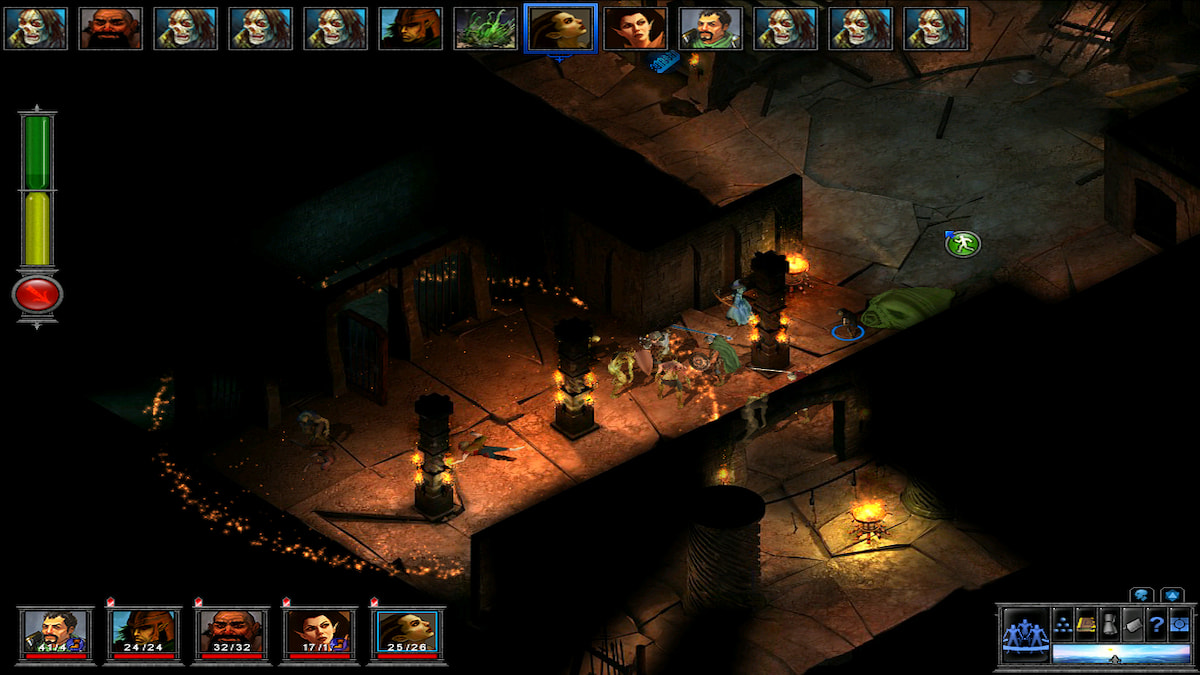
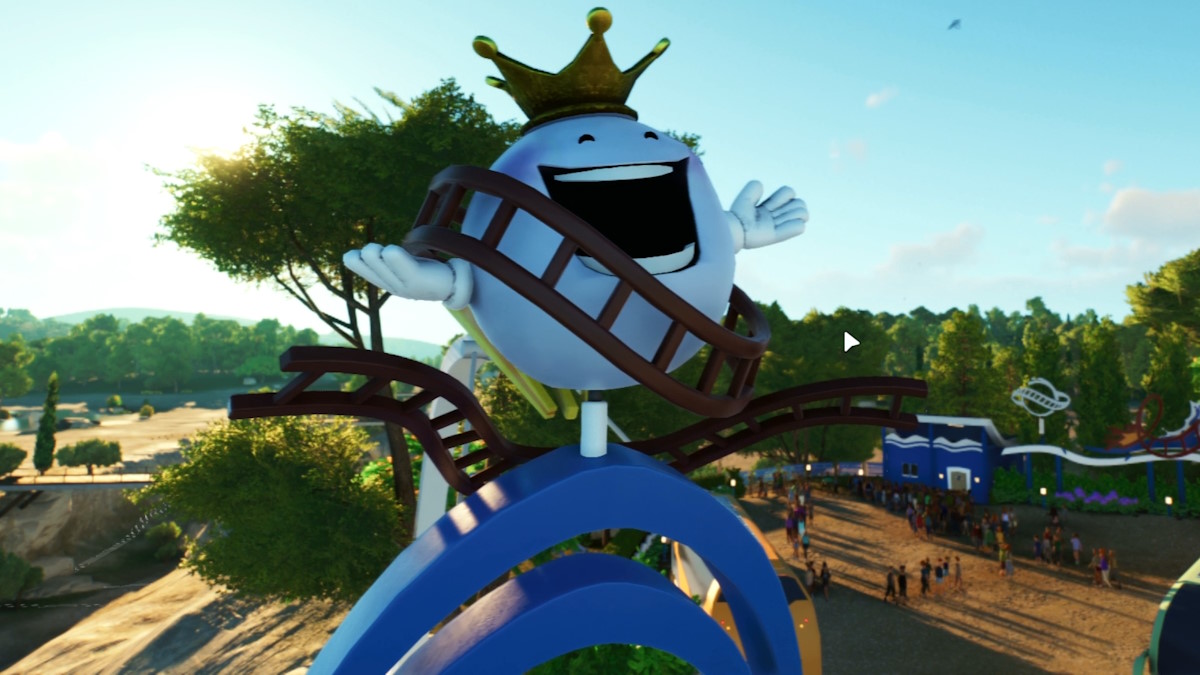
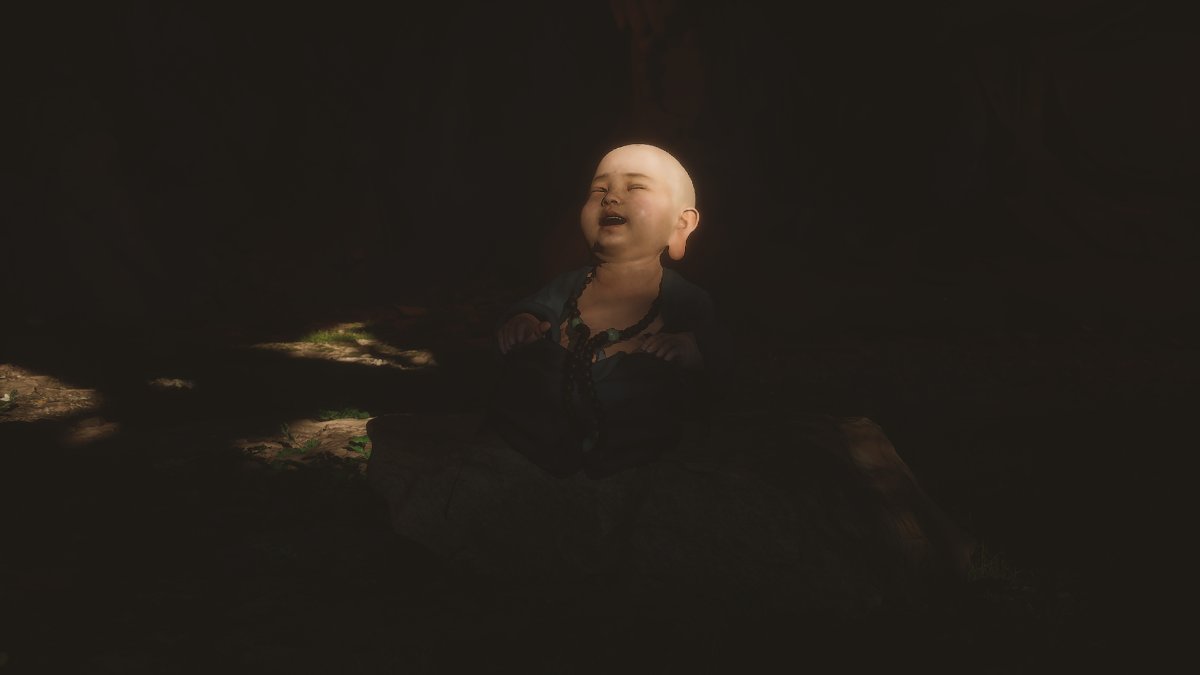
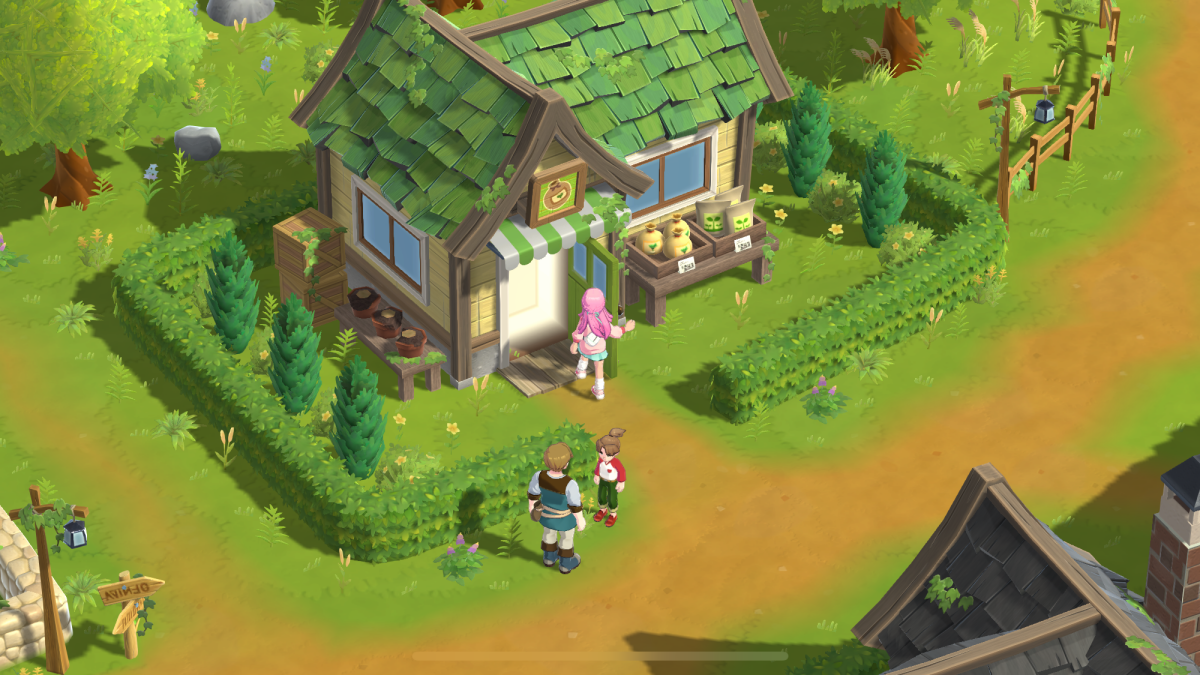
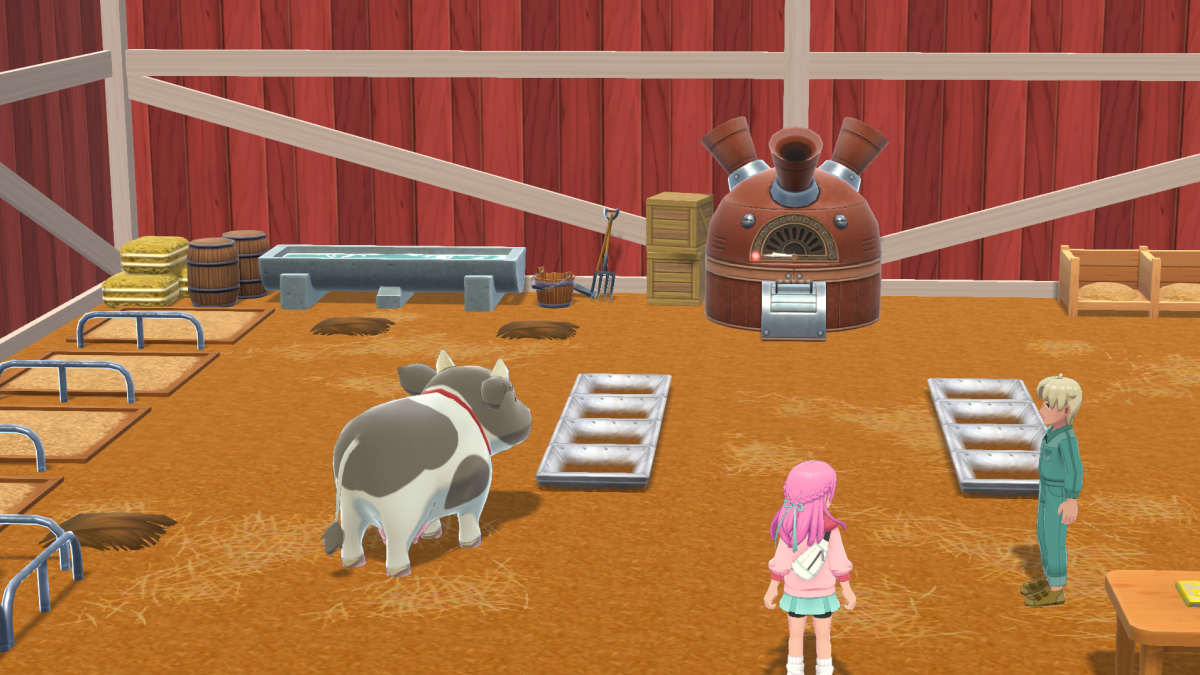
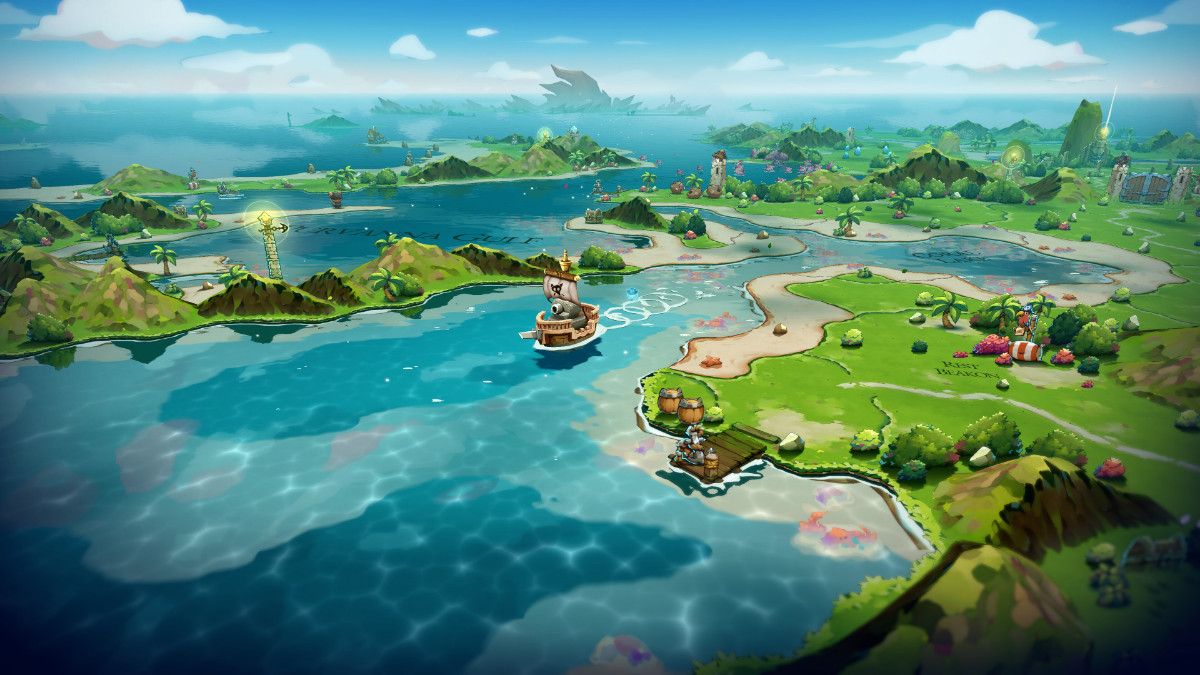
Published: Mar 5, 2024 10:09 am